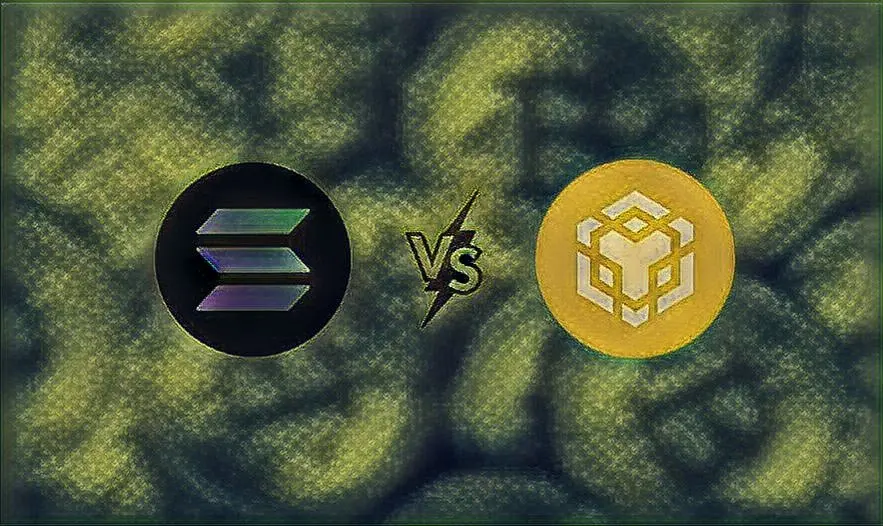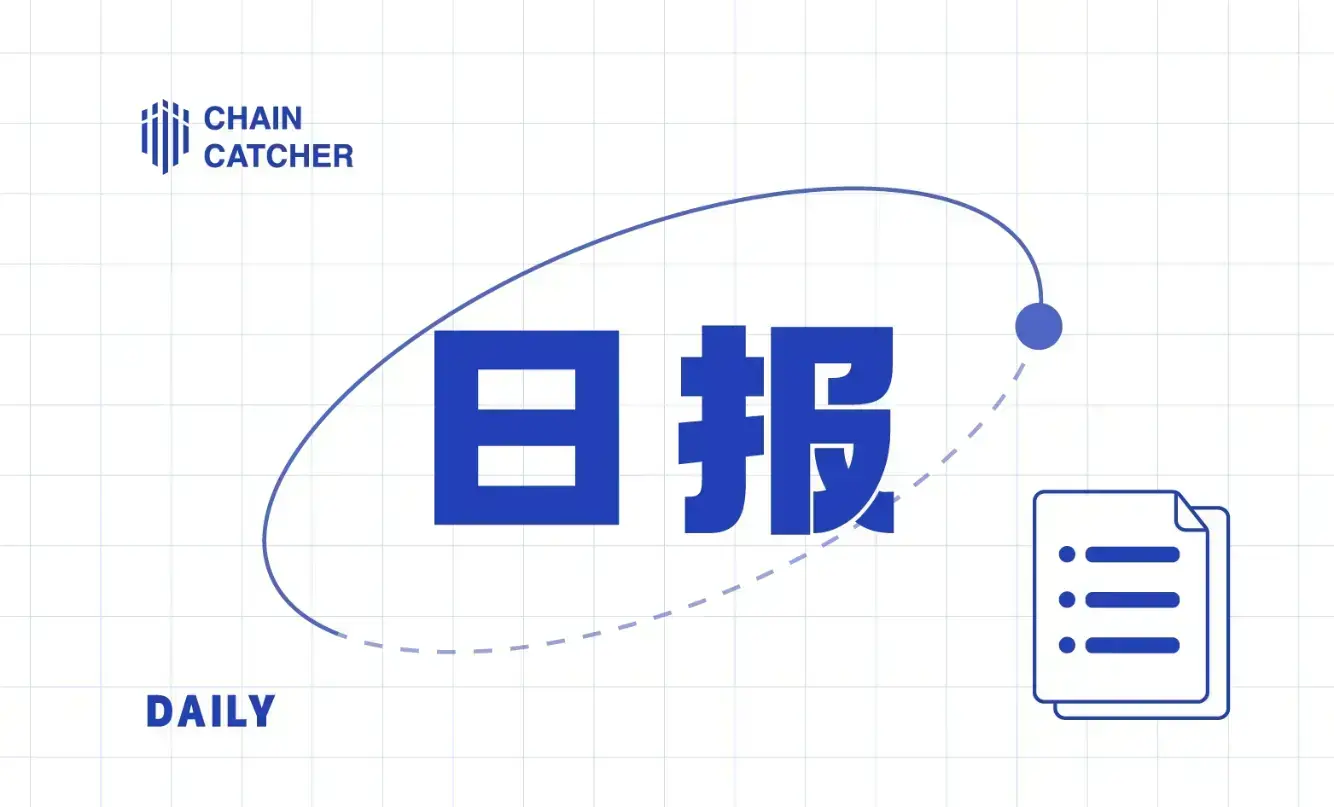Inventory of 6 On-Chain Messaging Notification Tools: Will Web3 Communication Layer Face Intense Competition?
Organizer: Cookies, Chain Catcher
As various crypto products mature, their user base and influence continue to expand. However, a significant issue currently hindering user experience is that users still find it difficult to obtain real-time updates on on-chain product dynamics.
For example, DeFi lending users cannot receive notifications about insufficient collateralization of their positions, potentially facing liquidation risks; token holders cannot receive timely notifications about the opening and closing of important governance proposals; and there are delays in receiving notifications about the expiration of on-chain contracts or options.
As a result, on-chain information notification service protocols are emerging widely, helping users obtain on-chain dynamics in a timely manner. Their goal is to build a decentralized information push protocol that allows users (i.e., wallet addresses) to receive information notifications from various Dapps, smart contracts, and even centralized services.
Below, Chain Catcher will introduce several on-chain information notification service protocols, including Ethereum Push Notification Service (EPNS), Dialect, HAL, Notifi, XMTP, and others.
1. Ethereum Push Notification Service (EPNS)
Ethereum Push Notification Service (EPNS) is a notification protocol that helps users receive information notifications on the Ethereum chain, while also allowing smart contracts and service providers to send notifications to users.

In December 2020, EPNS completed a $750,000 seed round financing, with participation from industry insiders and venture capital firms, including the former CTO of Coinbase, co-founder of Gitcoin, and head of MakerDAO. In March 2021, EPNS completed a $660,000 seed round extension financing at a valuation of $12 million, with investments from Binance Labs, LD Capital, and others.
The EPNS platform consists of three main participants—service providers, channels, and subscribers. Service providers refer to Dapps or smart contracts that want to send push notifications. Subscribers are users who subscribe to channels and want to receive relevant push notifications. Channels refer to the activated information push services of the EPNS protocol. Service providers will set up their own channels to send notifications when specific events occur or certain parameters are triggered, and users can choose to subscribe to channels of interest.
Users can download the project's app or install its extension on desktop browsers to bind their on-chain addresses and receive subscription notifications, which are presented in the form of pop-ups. The mainnet of the project was launched in early January this year, currently featuring over 50 channels and more than 10,000 users.
PUSH is the native governance token of the EPNS protocol, providing two main benefits to holders: governance rights and receivable rewards. Governance rights refer to the right of token holders to vote on protocol decisions, including staking structure, staking mechanisms, and reward distribution rates. Receivable rewards mean that when service providers create channels, they must deposit at least 50 DAI into a common staking pool, which stakes all DAI in AAVE to generate continuous passive income. The income is distributed to PUSH holders based on the proportion of time subscribers join the EPNS channel.
Official website: http://epns.io/
Related reading: 《Mainnet officially launched, understanding the characteristics and operational mechanism of the decentralized information push protocol EPNS》
2. Dialect
Dialect is a message notification platform based on the Solana mainnet, helping users receive notifications automatically triggered by on-chain events. In addition to push notifications, Dialect also helps developers build chat functionality between wallets in their Web 3 applications.

On March 2, Dialect announced the completion of a $4.1 million seed round financing, co-led by Multicoin Capital and Jump Capital.
Dialect's feature is the support for chat functionality between user wallets, processing on-chain information through a publish-subscribe (pub-sub) messaging feature. Currently, Dialect v0 supports one-to-one messaging between wallets, with future versions expected to support one-to-many and many-to-many messaging.
The team has open-sourced the protocol framework on GitHub, which includes three practical components:
- A React component that allows developers to quickly and seamlessly integrate Web 3 notifications and chat functionality into Dapps.
- The Saber monitoring service component is used to build Twitter bots that monitor on-chain transfer information in real-time and publish tweets.
- The Monitor component is a simplified notification center integration framework for Dialect, providing developers with APIs to extract on-chain data, convert formats, and generate notifications, enabling tracking of dApp subscriber on-chain resources.
The official statement anticipates a large number of messaging applications based on Dialect, aimed at building conversational DEXs, on-chain chat applications, and even fully functional Web3 inboxes.
Official website: https://www.dialect.to/
Related reading: 《Dialect Raises $4.1M to Bring 'Smart Messaging' to Solana》
3. HAL
HAL is a powerful and user-friendly blockchain data listening and automation platform that helps anyone automate and query blockchain data. The project mainnet was launched in June 2020 and has integrated Ethereum, Polygon, xDai, BSC, and Avalanche, supporting user subscriptions for notifications from nearly 40 DeFi protocols, including Aave and Compound.

In February this year, HAL secured $3 million in seed funding led by CoinFund, Eden Block, and Animoca Brands, with participation from Hashkey Capital, Wintermute, SkyVision, imToken Ventures, Bitcoin.com, and others.
HAL operates based on triggers and currently supports three types of triggers: observing contracts, observing transactions, and watching events. When a user-defined trigger is activated, HAL supports several different types of actions that can be called, sending notifications to the user's email, Discord, Telegram, or Slack accounts.
Currently, the scenarios supported by the project include token price tracking, on-chain liquidation tracking, trading pair creation tracking, and lending rate tracking. For example, for the token price monitoring feature, users can set up monitoring using simple "IF…THEN…" statements according to the web process. For instance, if a user wants to monitor the BNB price on Sushiswap on the BNB Chain, they can complete the monitoring setup by clicking on the dropdown menu in the image below. When the on-chain token price reaches the set condition, the user will receive a notification from HAL.
Notably, several protocols, including Aave, Bancor, and Gitcoin, have integrated this product into their front-end interfaces, such as Gitcoin's proposal interface, which supports users setting reminders for proposal voting endings through HAL.
Official website: https://www.hal.xyz/
Related reading: 《HAL Raises $3 Million to Improve Web3 Automation and Ease Blockchain Accessibility》
4. Notifi
On March 3, 2022, Notifi completed a $2.5 million seed round financing, led by Race Capital and Hashed, with the funds intended for team development and infrastructure building. Notifi will adopt a simple API design, providing customizable advanced features that can be easily integrated into dApps and Web3 applications. Currently, users can apply on the Notifi official website to participate in early product testing.

The founding team of Notifi comes from tech giants like Meta, Microsoft, Oracle, and Amazon, possessing the ability to deliver products quickly. Especially the CEO and CTO, who previously managed Oracle's cloud service products, created Notifi out of frustration over the lack of enterprise-level notifications in Web3, aiming to become the Twilio of Web3, simplifying communication across all Web3 messaging channels.
Notifi is expected to launch three products:
Notifi API allows developers to unlock complex communication infrastructure through simple APIs, providing a native user experience for all applications worldwide.
Notifi Center offers users a customized notification experience, allowing them to view and manage all information in the Web3 world from mobile and web platforms.
Notifi Push enables marketers to create cohesive multi-channel engagement, driving business growth and retaining their user base. Use wallet data to select your audience and push your messages or airdrops at scale!
Official website: https://notifi.network/
Related reading: 《Notifi Is Latest Startup Trying to Crack Web 3's Push Notification Problem》
5. Tenderly
Tenderly is a comprehensive Ethereum developer platform for real-time monitoring, alerts, debugging, and simulating smart contracts. Users can create custom scenarios to track and analyze on-chain data in real-time.

Currently, Tenderly supports the use of more than 10 public chains and their testnets, including ETH, BSC, Polygon, and Fantom, and has recently added support for Ethereum Layer 2 public chains like Optimistic, Arbitrum, and zkSync.
Compared to other on-chain messaging notification protocols, Tenderly offers more powerful features, such as wallet monitoring, transaction filtering, visual debugging, and smart contract analysis, while supporting developers to use both Solidity and Vyper programming languages for development.
Clearly, Tenderly targets developers more, with products available in three pricing tiers: free version, developer version ($80/month), and professional version ($500/month). The free version allows for setting three alerts within 15 minutes, while the developer and professional versions provide real-time notifications.
Tenderly's function of monitoring smart contract function calls and responding allows for automation and intelligence in on-chain operations. For example, NFT developers can monitor the minting time of contracts and automatically post announcements on Discord. Users can use notifications to keep track of wallet balances and contract operations to supervise whether developers are doing what they are expected to do.
Previously, Tenderly completed a $40 million Series B financing, along with previous seed and Series A rounds, raising a total of $58.6 million, with investors including Accel, Point Nine Capital, Version One, and Coinbase Ventures.
Official website: https://tenderly.co/
Related reading: 《Tenderly raises $15.3M to help Ethereum developers ship decentralized apps faster》
6. XMTP
XMTP is a crypto-native communication protocol that connects communities, protocols, applications, and users, enabling communication between crypto wallets through its independent protocol and decentralized network.

At the end of August last year, XMTP completed a $20 million Series A financing, led by a16z Crypto, with participation from Atelier Ventures, Betaworks, Alchemy, Coinbase Ventures, Scalar Capital, Not Boring Capital, and others.
The envisioned service scenarios for XMTP include: sending messages directly to wallets when protocols, Dapps, etc., encounter issues; establishing better methods to prevent spam and unsolicited messages through incentive coordination; and creating a unified, decentralized inbox that all Dapps can use.
Currently, there are not many publicly available project details from XMTP, but it is clear that the project aims not only to become an on-chain event notification protocol but also to serve as the communication infrastructure for on-chain wallets, building the foundational communication protocol for the next generation of networks.
Official website: https://xmtp.com/
Related reading: 《Igniting the team and community to build the standard communication protocol for web3 together》










